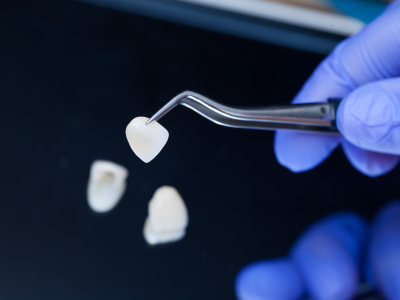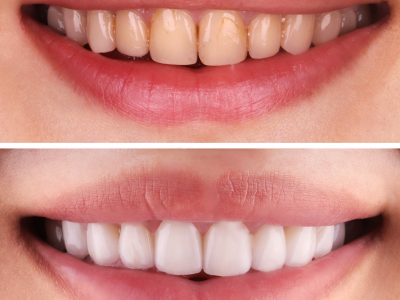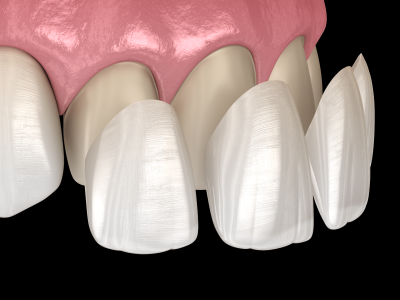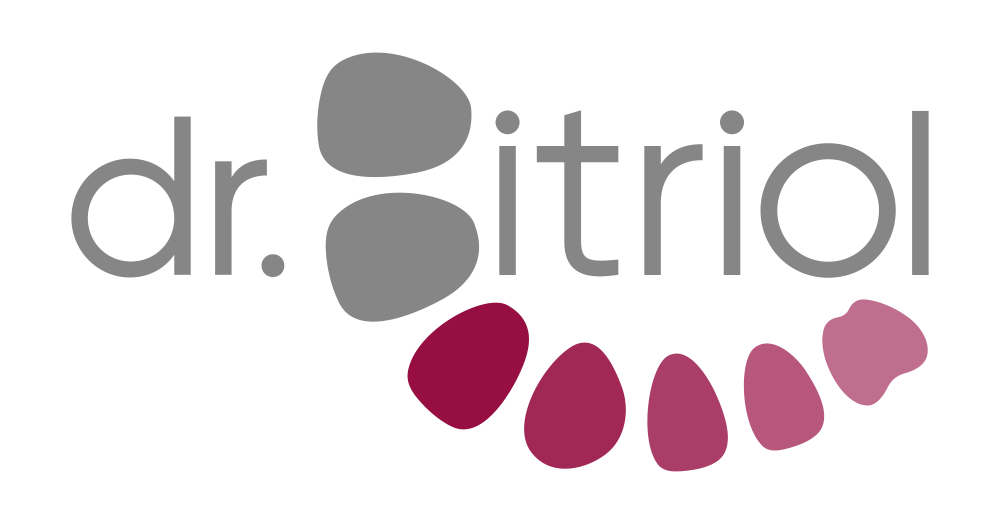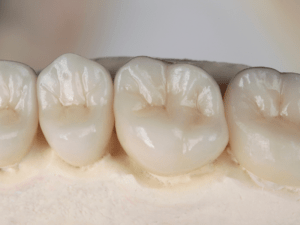Cosmetic dentistry
There is no second chance for any first impression.
For your confident smile, we correct the color, shape and position of your teeth.
- All public and private health insurances accepted
Online scheduling
Book your next appointment easily online:
Contact
The best time to reach us is by phone from 8 am - 1 pm:
Location
Wagramer Straße 25/1/B-2
1st floor - barrier-free access
1220 Vienna
What is understood by a beautiful smile is highly individual. In general, it is often associated with bright, straight and symmetrical teeth that blend harmoniously and naturally into the lips and fit into a person’s overall appearance.
Straight, beautiful teeth can strengthen self-confidence and increase ones sense of well-being. Healthy and aesthetic teeth are frequently associated with youthfulness and afflrm confidence in dealing with other people. Requests for aesthetic dental treatment, especially for professional teeth whitening, have therefore increased sharply in recent years. However, aesthetic dentistry also includes the correction of tooth position and shape. We will be happy to consult you on the ideal aesthetic dental treatment methods for your individual needs.
Bleaching
The natural tooth color is mainly determined by color pigments in the dentin. Depending on the predisposition, the dentin color may be more or less pigmented. During the course of life, teeth oftentimes become darker – on the one hand due to external influences, food and stimulants, but also due to certain medications.
Before bleaching, a dental examination is important. This is followed by a professional oral hygiene treatment, during which the stains are removed and the teeth are smoothed and polished. Bleaching can be used to whiten your own natural teeth. Nothing of the enamel is removed, ground off or etched away. Only a chemical reaction takes place in which the unwanted color pigments are lightened with substances containing carbamide peroxide or hydrogen peroxide (similar to hair bleaching). However, fillings, crowns or veneers cannot be bleached and must be replaced to match the new tooth color.
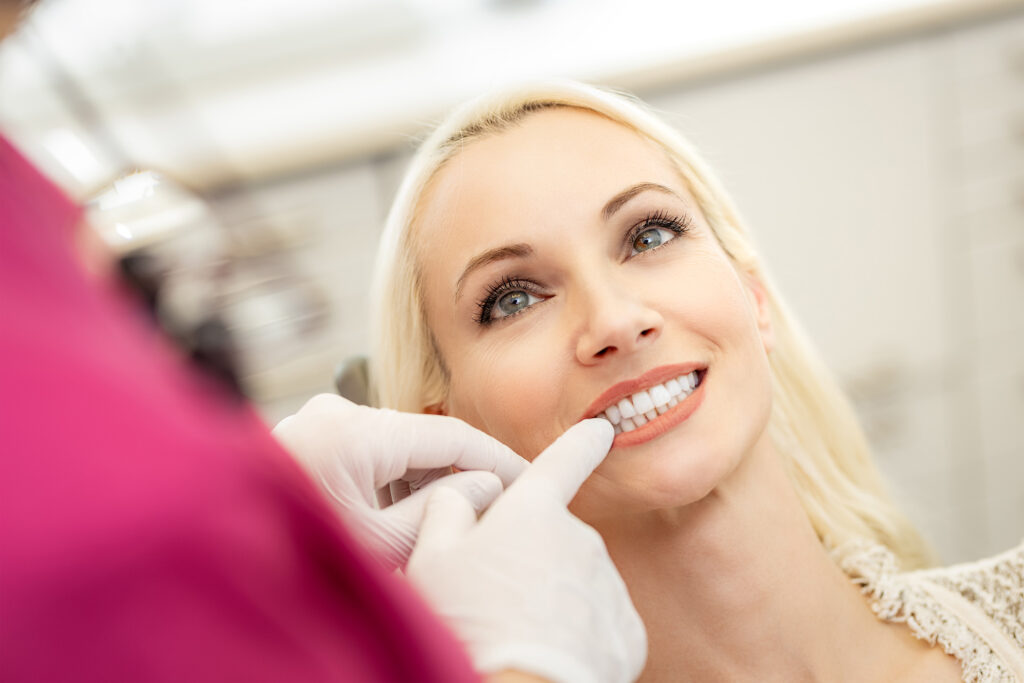
Bleaching takes place in our practice. Please keep in mind that the procedure might take up to 1.5 hours.
At the beginning of the treatment, you will be given a gum shield and the whitening gel will be applied to your teeth. The duration and frequency of the repetitions depend on the desired brightness level.
We will provide you with an individually adapted plastic rail. We will try these on together in the office and show you how to apply the bleaching gel.
You can then carry out the bleaching process at home. For this you will receive four tubes of gel to give some of that in your splint and leave it between 8-10h at night on your teeth.
After a week you will come for a check-up and we will check the progress of the treatment. If you want to continue whitening, you can take gel home for another week.
The duration of therapy is determined by the desired level of brightness (1-6 weeks).
Unwanted tooth discoloration can occur as a result of root canal treatment or dental trauma. With the help of hydrogen peroxide, the affected tooth can be whitened again. The procedure is similar to classic in-office bleaching.
In order not to impair the success of the treatment, no discoloring substances should be taken during the first 24 hours. The more often you consume staining stimulants such as coffee, tea or tobacco, the more likely your teeth are to become discolored again.
A bleaching treatment is not suitable in case of these contraindications: gum disease, caries, open lesions, leaking fillings, during pregnancy or while still breastfeeding.
Veneers
Veneers are wafer-thin ceramic veneers that are bonded to the front of the tooth. Misalignments, broken edges, severe discoloration or anterior fillings can be easily corrected. It is also hardly necessary to remove any tooth substance for the attachment of a veneer.
In the past, teeth were heavily ground down and crowned. Today, veneers offer a gentle, highly aesthetic way to restore teeth to the desired shape and color.
